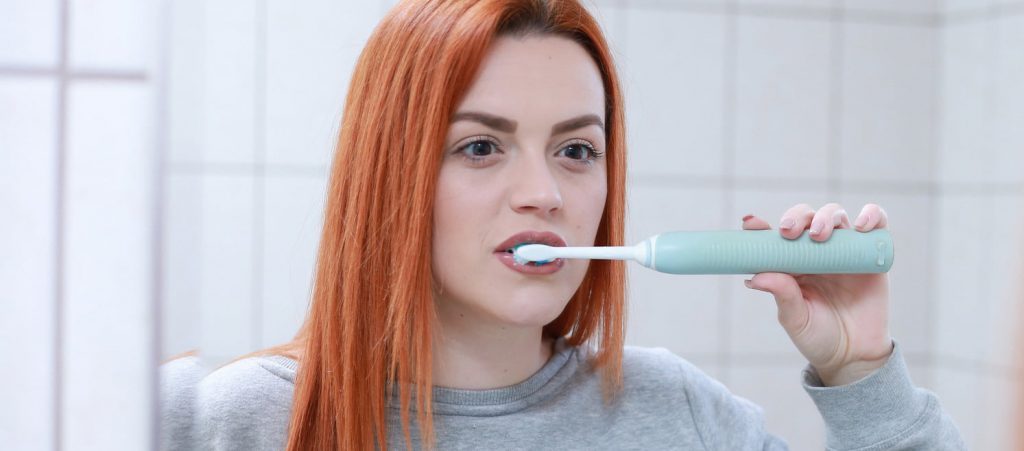
Parents, in fact, are responsible for making sure their children’s teeth are clean until the child reaches five to six years of age! This is because, on average, younger children do not have the manual dexterity required to brush teeth effectively.
Why should you go to great length to brush your child’s teeth? The most important reason is that tooth decay occurs faster in children than in adults.
Basic Essentials
Ready, Set, Brush!
Fluoride is a natural mineral that is very effective in protecting teeth against decay. Tooth decay begins with dental plaque, a soft, sticky substance that builds up on your teeth. Plaque is mostly made up of bacteria, which feed on sugar from food and drink, producing acids as a waste product. The acids attack the teeth by dissolving the minerals in the tooth structure. If this happens too often, tooth decay results.
Minerals in salvia can mend the teeth. If fluoride is present in the mouth, it helps teeth to repair themselves. If fluoride is consumed in appropriate amounts by young children, it helps to make growing teeth more resistant to decay.
Up to age of seven, while the permanent teeth are forming consuming too much fluoride can produce unattractive marks on the teeth. to make sure this doesn’t happen, you should help children up to age seven clean their teeth to make sure thy do not eat the toothpaste and only use a small amount of tooth paste (an amount the size of pea is recommended).
Low fluoride toothpastes are available for children; they should only be used by children who are at low risk of decay, drink fluoridated water, or taking fluoride as tablets or drops. All children over six years of age should use toothpastes containing 1000 to 1500ppm.
Look to replace high sugar, salt or fat content foods with healthier options such as potatoes, fruit and vegetables. Crisps, chocolates and fizzy drinks, including diet brands should also be replaced with tooth friendly snacks like brown toast, breadsticks, milk and water.
©2025 West Road Dental Practice | Created by RAK DESIGN